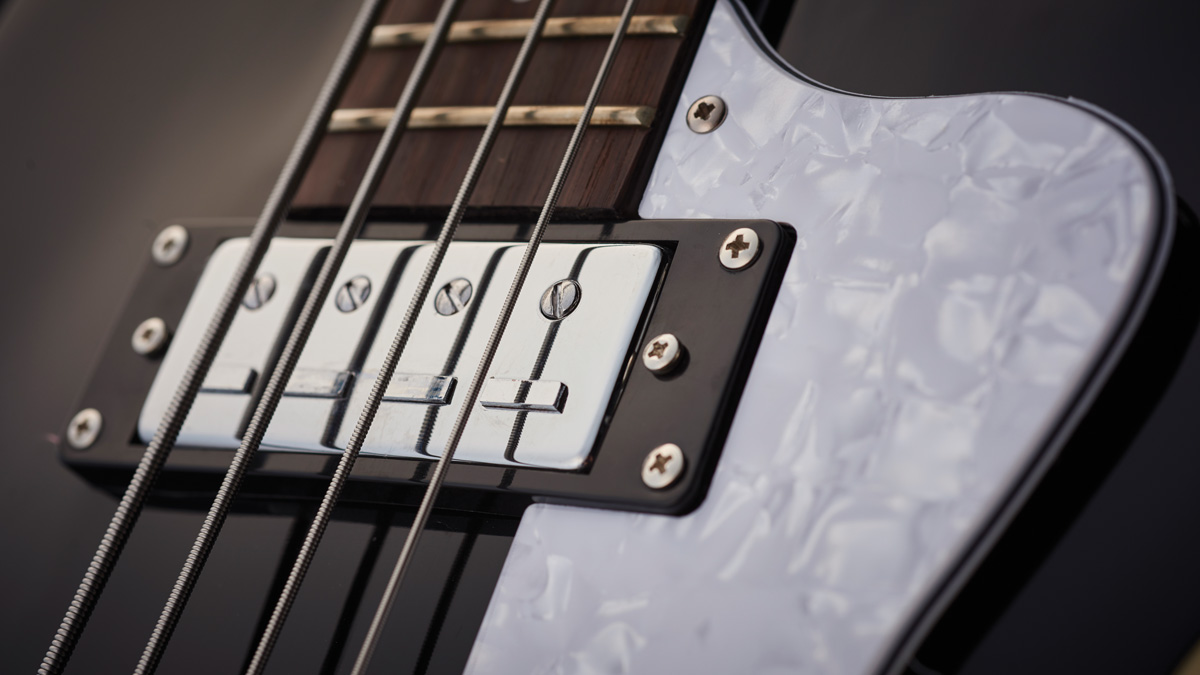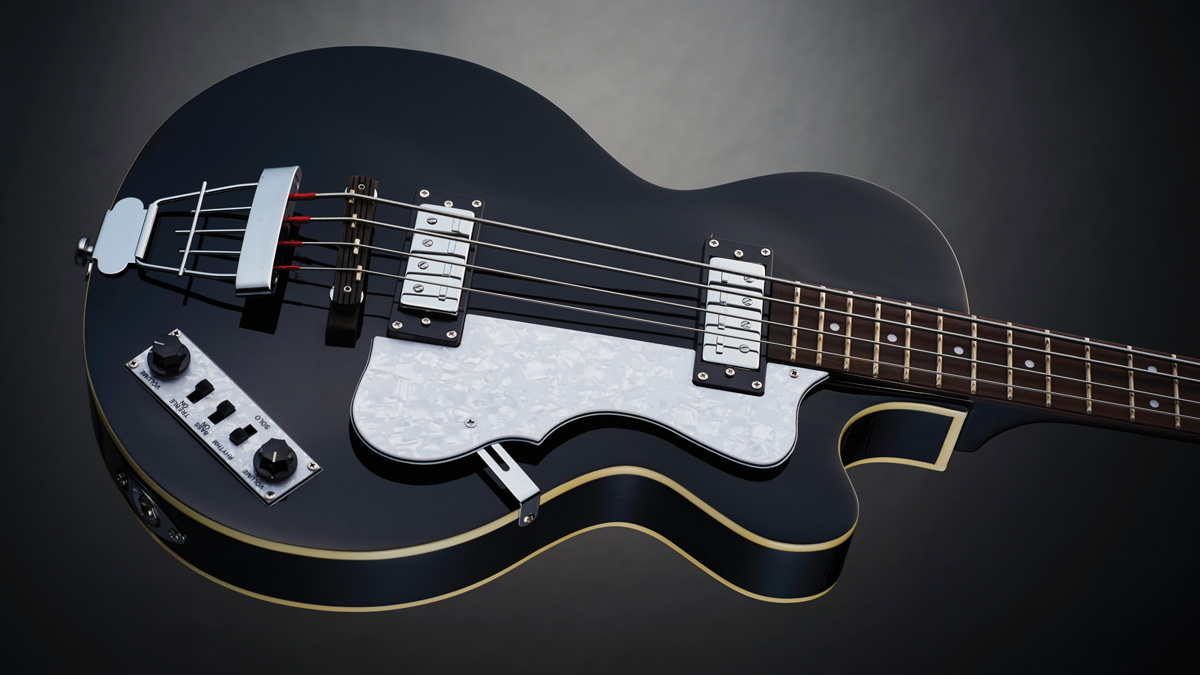MusicRadar Verdict
A very worthy instrument, budget- friendly and an interesting tonal palette.
Pros
- +
An impressive instrument with a definite ‘old school’ vibe.
Cons
- -
Might need some looking after if you want to gig with it regularly.
MusicRadar's got your back
Despite going in and out of favour over the decades, classic Höfner basses are going through something of a renaissance at the moment - and with Amy Winehouse/Paul Young bassist Dale Davis and Nick Fyffe of the Temperance Movement extolling the company’s virtues, among others, we thought it was about time we revisited this classic instrument.
The Ignition sits at the lower end of the price range - but you shouldn’t judge a book by its cover. We never do!
Build
For a China-built bass, the Ignition’s attention to detail is very high indeed. Its physical aspects and general dimensions feel authentic, although the instrument feels very light. First impressions are that it should be handled with extreme care, but don’t worry, it’s not as fragile as it may seem - although the hollow body doesn’t lend itself to onstage gymnastics.
In fact, its lightweight nature will be welcomed by many players: if a heavy bass is not for you, consider it as an option. There is some noticeable headstock bias, but this is rectified once placed on a strap.

The sunburst colouring, three-ply white pearloid scratchplate and vintage control set scream ‘old school’ - and the progress of time has made some of the smaller features such as the toggle switches, machine heads and bridge saddles seem unsuited for today’s gigging situations.
The level of finishing is very good indeed: the white binding has been applied well. The pair of passive Höfner pickups are complemented by a simple control layout, namely two volume controls for each pickup, plus selector switches for bass, treble and rhythm/solo settings.
Sounds
There is no denying the finesse of this instrument. The full C-shaped neck profile is welcoming, although the tight 15mm string spacing can feel a little cramped at first. However, this is offset by the 42mm nut width and 30” scale length. Unplugged, the semi-acoustic nature of this bass is obvious with a resonant top end that gives the Ignition a vibrant, lively character.
Once plugged in, the Ignition comes into its own, as though its hollow body has been given room to breathe: the natural tone is rather pleasing, with an organic, woody sound with a degree of mid-bias.

The tones are familiar: soloing each pickup illustrates some of the Beatle-like sounds that we all know so well. The bridge pickup doesn’t offer the single-coil honk of a bridge mounted J-pickup, but then why would it - and the tighter tone of the Höfner bridge pickup compared to the neck unit is a nice tonal contrast. Even using the switches to offer tonal variation, the treble response is far from biting, but it does offer some clarity, which can be helpful when using the neck pickup on its own.
Although the Ignition’s passive delivery won’t blow your socks off in terms of power, it does have a vintage character that appeals. The rhythm/solo switch provides a volume boost, although the bass control won’t be blowing any speakers to smithereens any time soon. That’s the beauty of this instrument: it’s not a super hot rod by any means, but rather an instrument with its own tonal library.
Playing the Höfner Ignition is an enjoyable experience. It won’t appeal to every player, and maybe isn’t suitable for every playing style, but it’s no less an instrument for that. For the price, you can’t really go wrong: it’s hardly going to break the bank, and the tones it has to offer are markedly different from the usual tones we hear round these parts.
Despite the lack of body contouring, the bass is comfortable to wear and play - and it’s seriously good fun, whether you play with a pick or fingerstyle. Beatles fans should check one out without delay.
“Built from the same sacred stash of NOS silicon transistors and germanium diodes, giving it the soul – and snarl – of the original”: An octave-fuzz cult classic returns as Jam Pedals resurrects the Octaurus
What’s the buzz? Meet Yellowjacket, Cherry Audio's recreation of EDP’s trend-setting Wasp from 1978
“A fabulous trip through all eight songs by 24 wonderful artists and remixers... way beyond anything I could have hoped for”: Robert Smith announces new Cure remix album










